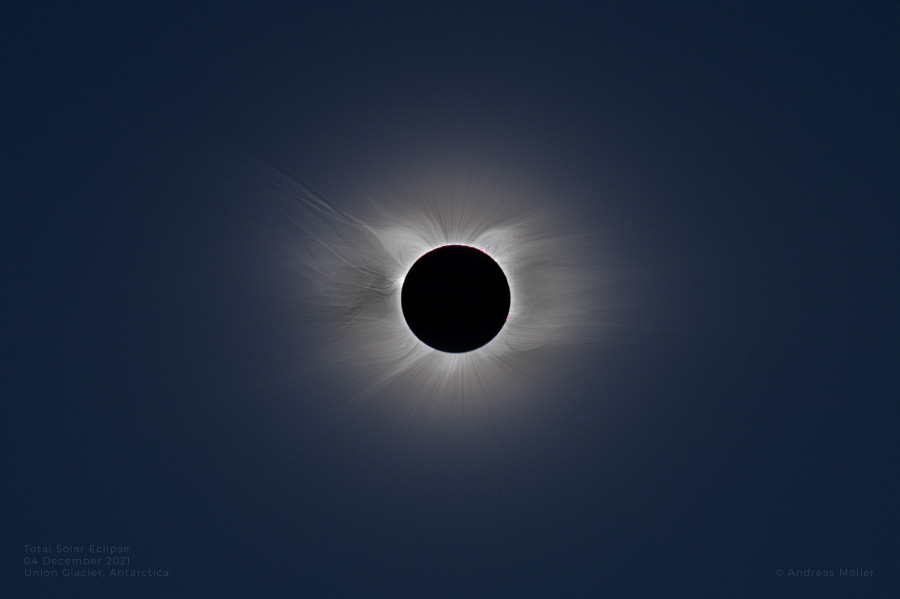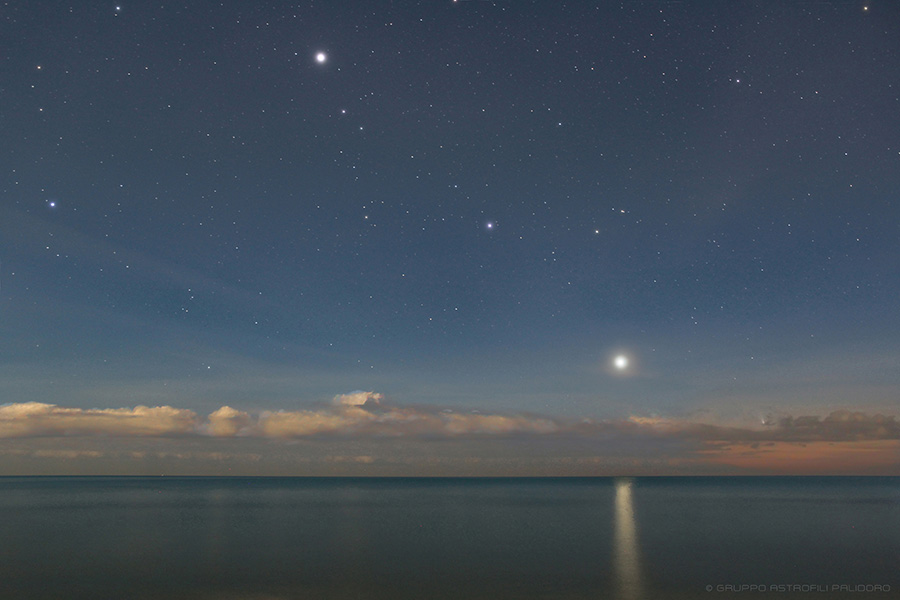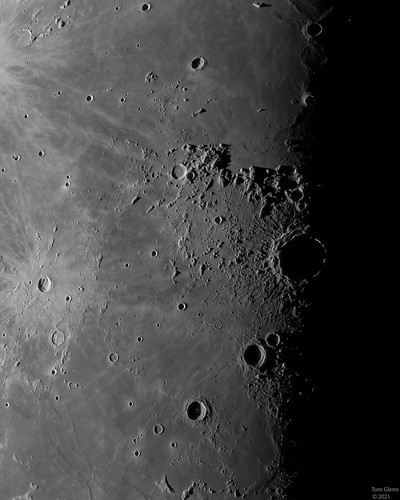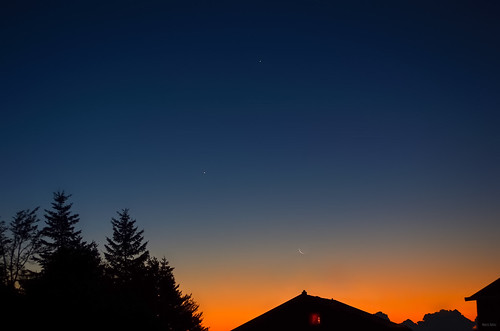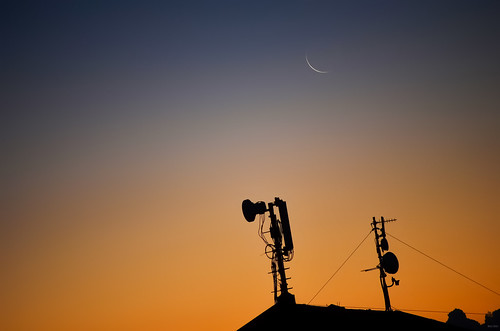Interstellar Cloud, Bok Globules and Pareidolia in the Rosette Nebula
What do interstellar dust clouds have in common with pareidolia?
The human brain is extraordinary. During his evolution he got used to recognizing familiar structures and forms everywhere, even in abstract scenarios.
Thus observing the molecular clouds present in the Rosette nebula, an emission nebula more than 5200 light years away from our planet, it might seem to us to distinguish forms of animals, faces, objects of common use.
This illusion is the same one we use to characterize the shapes of the clouds or when we have the impression of recognizing a typically human expression on the face of our pets.
To illuminate this wonderful emission nebula (NGC 2244) we also find an open cluster of young stars located in the center (NGC 2237) and, among the columns of dust, we can distinguish several Bok globules. A tribute in the name to Bart Bok, the astronomer who first hypothesized that these small compact dark nebulae could be precursors of the protostars, themselves a version that predates the formation of a new star.
The editing in Hubble Palette SHO (SII: H-Alpha:OIII) is always a very three-dimensional and suggestive representation to appreciate all the small details of the emission nebulae. Although the colors are not realistic, the dynamic rendering always has a very strong impact.
Integration:
Ha 3nm 30x600’’
OIII 3.5nm 20x600’’
SII 3.5nm 18x600’’
Total integration: 11.5h
Location: Maranello (Italy) - From 12/11/2021 to 12/17/2021
With Sky-Watcher 300 f/4, EQ8R-Pro, Ha 3nm, OIII and SII 3.5nm Filters, ZWO ASI 294MM
Developed with PixInsight and Photoshop 2022
Copyright: Luca Fornaciari
IG : luca_fornaciari_photography
Website:
www.lucafornaciarifotografia.com
Frames captured from Carl Sagan Observatory in Maranello (Italy).
Bortle 5 / SQM 19.5





